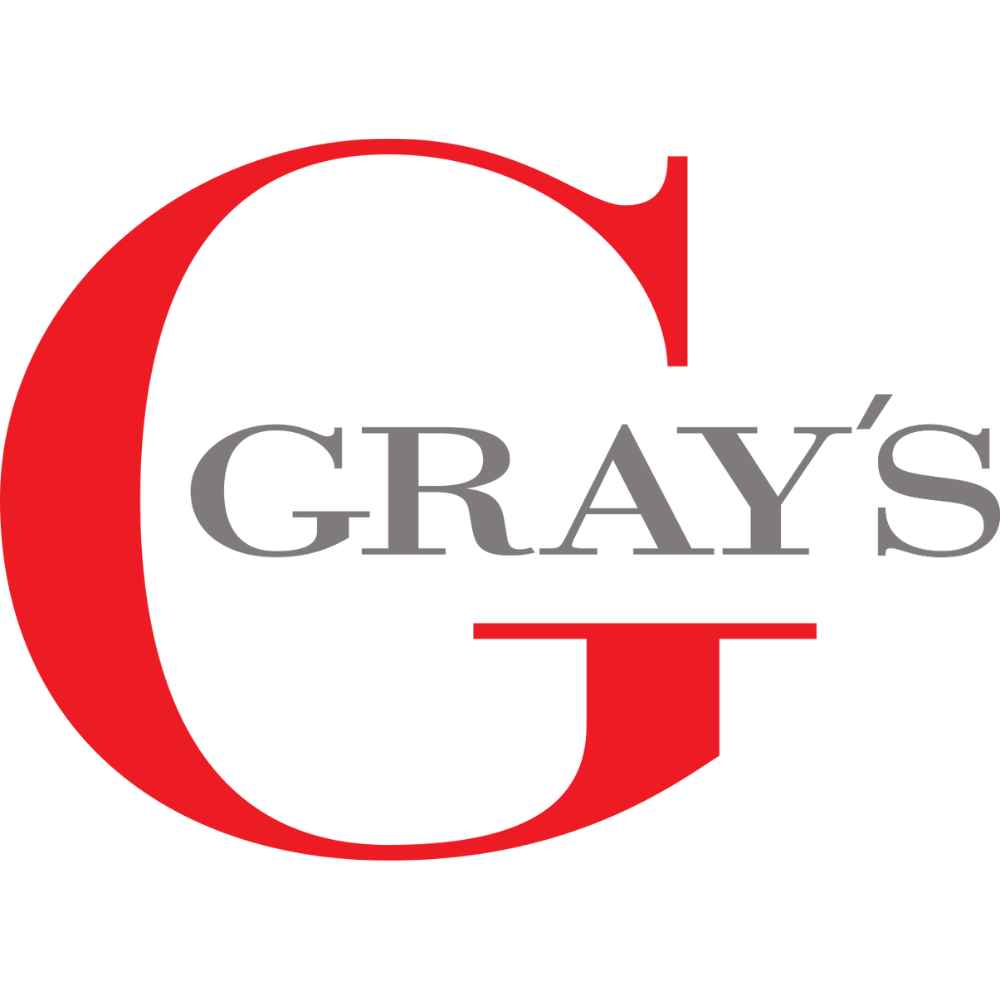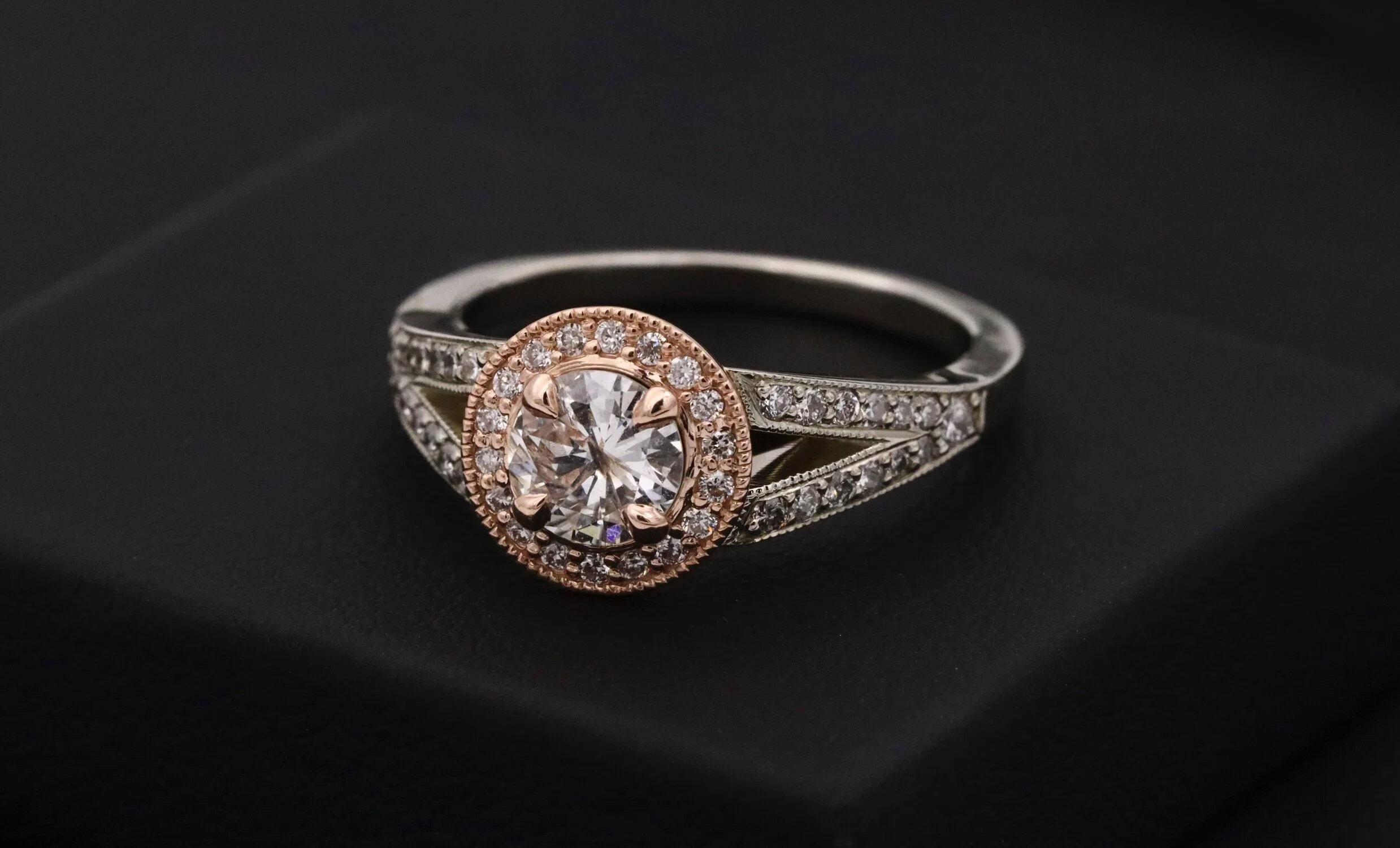Is your Jewelry Valuable? 7 Ways to Find Out
Are you curious about the value of your jewelry? Maybe you inherited a host of necklaces, rings, or bracelets that you’ve always dismissed as of no value, but now you’re giving it a second thought. Maybe your aunt had better taste than you gave her credit for. How do you get an idea of what your jewelry could be worth? How do you know if it is costume jewelry or fine jewelry? We’re here to help with seven things to look out for to know if you have some treasure on your hands.
Getting started on your jewelry valuation
In order to estimate the value of your piece accurately, you are going to have to clean it to remove any possible dirt or tarnish. To do this, we recommend lining your sink with a towel in case any pieces or jewelry fall down the sinkhole during the cleaning process.
Next, gently scrub with a toothbrush and warm, soapy water. Avoid any detergents or home cleaners as you can’t predict what reaction there may be with the metal, and you could destroy the value of your item. Last but not least, leave to dry naturally, and you’re all set to get started.
Looking for stamps on your jewelry
On jewelry, stamps indicate the metal content of the piece, its manufacturer, or designer, and are one of the best clues you can find to get an accurate picture of the value of the item. Ring stamps are typically found within the band, earrings on the back, close to where they touch the ear, while on necklaces and bracelets, the stamp is usually on the clasp. Finding a metal stamp is a big win as it will indicate the exact type of metal the piece is made of as well as the percentage of purity.
Testing your jewelry
It can be difficult sometimes to tell solid from plated gold, however, the difference in value is substantial – so it’s important to know which is which. Luckily, there are two tricks you can try out at home.
Solid gold should not be magnetic so if you place a magnet near your piece and there is no reaction, it's a positive sign. Another trick is to run the piece over some liquid foundation, and if a black streak is left you could be onto a winner!
Stones and settings on your jewelry
Have a look at how the stone is attached to the piece. If it looks glued on, then you undoubtedly have some costume jewelry on your hands. The more elaborate or hand-crafted the prongs surrounding the stone(s) are, the more likely the jewels have value.
In terms of the stones themselves, one has to be careful not to fall for a cubic zirconia replica of a diamond. A good way to tell is by using the sparkle test.
The sparkle test doesn’t require any equipment except for your eyes. If you hold the diamond in question under a normal lamp and watch how light reflects off of the stone, do you see bright shimmers of white light bouncing off the diamond? Do you see colorful light reflections as well?
A real diamond reflects white light extremely well, providing exceptional sparkle. Diamonds also reflect colored light, or fire, in magnificent fashion.
If you compare a real diamond to a fake diamond such as Cubic Zirconia, you are able to notice a drastic difference in the white and colored light sparkle that the real diamond gives off.
Checking the age of your jewelry
Generally speaking in the jewelry world, the older your piece the better, and if it’s Edwardian era or before, you can be confident that it will do well at auction due to its comparative rarity. This is certainly not the rule, however. Modern pieces can also be of great value depending on factors such as size, cut, maker or manufacturer, and more.
If you have an antique piece, however, it could also be of value. Antique is anything considered to be above 100 years old, and, In general, crafted with a superior level of craftsmanship from higher-quality materials, compared to modern pieces found on the market today. Vintage pieces (between 50 and 100 years old) can also perform well at auction if you can tie them to a specific era, time, celebration, or cultural event. Just be careful your piece isn’t a modern item mimicking a vintage or antique style.
What is the jewelry’s brand?
If you can see that your item corresponds to a clear brand then you may be in luck. Branded items have value because they were created by a specific designer. If you suspect that your piece is from a brand, one trick is to take a photo on a clear white background and then complete a reverse image search on a search engine and see what comes up. You’ll be able to find not only similar items but what other people are selling them for. You could apply this technique to learn a lot about your jewelry or similar pieces.
What is the condition of your jewelry?
Retail value is dependent on the piece's condition at the time of sale, and the more work it needs the less it will sell for. Is there a stone missing? Is a link broken? If the overall piece is valuable it may be worth investing in having it fixed. It could pay dividends down the line.
Calculate the metal weight price.
This will only be relevant if you know for sure that the piece is fine jewelry where the metal itself is considered precious. After taking the weight, you can search indexes to see what the current market is for that weight in the precious metal. It will then also help you to cross-reference with pieces of similar weight or style and compare what prices they are being sold for.
So there you have it – seven ways to know if the contents of your jewelry box are indeed worth their weight in gold. Good luck with valuing your piece, and don’t forget – we have over three decades of experience in valuing jewelry, fine art, and furniture, so do not hesitate to contact us for a professional valuation.
Stay informed about the exciting and ever-changing world of art and auctions - whether you’re a seasoned collector or just getting your feet wet. We curate & deliver the most essential & exciting art and auction news, once a week (in a way that won’t make you fall asleep.) Sign up via the form below.

